Discover and read the best of Twitter Threads about #NeuroThursday
Most recents (18)
Inhale deeply, and enjoy the aroma of #NeuroThursday, because this week I want to talk about smell, taste, and emotion – inspired by @tinaconnolly's Nebula- and Hugo-finalist novelette, "The Last Banquet of Temporal Confections." 
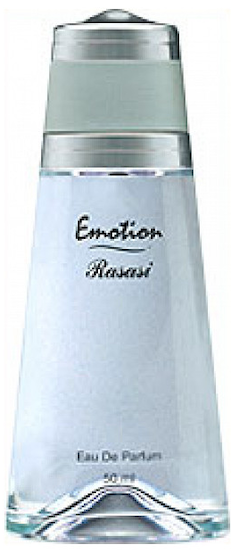
If you haven't read it, it's a wonderful story about memory, food, cruelty, and empathy. But you don't need to read it for this thread. I'm here to talk about neuroscience, not pastry-magic. tor.com/2018/07/11/the…
Tastes and smells are notoriously emotional. Smells can evoke a flood of memories, with all their associations. Freshly-cut grass, your partner's favorite flowers, the spices of your favorite meal, or the ammoniac strike of a campground toilet. Why so strong?
Let me know if y’all want a neuroscience on this!
So a very quick #neuroscience on this: initial visual processing in the brain (and retina) works through contrasts. Your brain sharpens differences/edges because that’s where information is...
Your neurons are tuned to heighten/inhibit each other in a way that magnifies differences. So when a neutral color goes up next to red, your brain magnifies that difference and makes the neutral seem as not-red as possible.
I dread to inform you all of this, but "impending doom" is a very common symptom. Not just from living in 2019, either: from pretty much anything that will kill you.
Buckle in for a thread, there might even be some #neuroscience behind this.
Buckle in for a thread, there might even be some #neuroscience behind this.
And I know it ain't Tuesday, but let's call this a #NeuroThursday anyways. What happens when a person gets a sense of Impending Doom, from jellyfish or otherwise?
Exhaustive research (i.e. wikipedia) tells me that this jellyfish venom leads to symptoms including "chest and abdominal pains, sweating, high blood pressure and difficulty breathing." Fun times! But nothing specific about impending doom?
#NeuroThursday is crawling back to life this week to discuss this article: just what, if anything, is important about the role of dopamine in beliefs? More importantly: is this (or any) new knowledge meaningless or meaningful? neurosciencenews.com/belief-dopamin…
Thanks to @oldscout for the topic inspiration! #NeuroThursday has been paused lately while I write a novel on the cold war between AIs who emulate humankind and AIs who reject that bullshit. But this week I take a break from my break.
If you don't want to read the article, here's a summary: dopamine (one of the brain's chemical messengers) is long-known to be involved in e.g. reward and addiction. The article demonstrated that dopamine systems are also involved in updating beliefs in the human brain.
Handedness comes in two groups, "right handed" and "not right handed." Most people use their right hands for almost all precision movement, but the other group is a broad spectrum from weakly-right to strongly-left. baen.com/handedness
The way we describe and define handedness creates the effect @CStuartHardwick rightly notices. Culture defines how we talk about it - but the behavior is mostly genetic. The % of righties has remained constant across continents and milennia.
Hand dominance is a more squirrelly thing than most people realize. For example, righties are better at *some* things with their left hand... and *some* of these asymmetries flip in lefties. Take a few minutes on #LeftHandersDay to learn more!
So glad this one came out! "After Midnight at the Zap Stop" by @ouranosaurus is an awesome story - full of late-night grease, and the luckless & the worthy. But also because it's a #neuroscience teaching opportunity. Might even be a #NeuroThursday!
One offhand line explains a technology as "stimulating a particular set of mirror neurons." Which works as a story element just fine. It sounds plausible and authoritative! But as a neuroscientist, I have strong opinions about #mirrorneurons. I don't think they're real.
To be clear, mine is a controversial opinion. Many neuroscientists would disagree. But it's a hill I'm willing to fight on, especially given how often "mirror neurons" crop up in popular science.
This phenomenon - when you look away from a moving thing, and you briefly see illusory motion in the other direction - is the "Motion Aftereffect," and it comes from some very basic brain maneuvers. Who wants to join me on going full #NeuroThursday here? en.wikipedia.org/wiki/Motion_af…
Most neurons in the brain (and elsewhere) do this thing called "adaptation," where they accept whatever's going on as the new normal. For example, if you sit down with your laptop on your lap, you'll soon stop noticing the weight.
This can arise from the crudest single-cell level: some ion channels in the cell membrane have negative feedback loops that self-dampen.
#NeuroThursday is back this week to talk about the #neuroscience of #synesthesia. What does it mean for a letter to have an intrinsic color, for a number to have a distance? And why the heck would this trait evolve in humankind? 
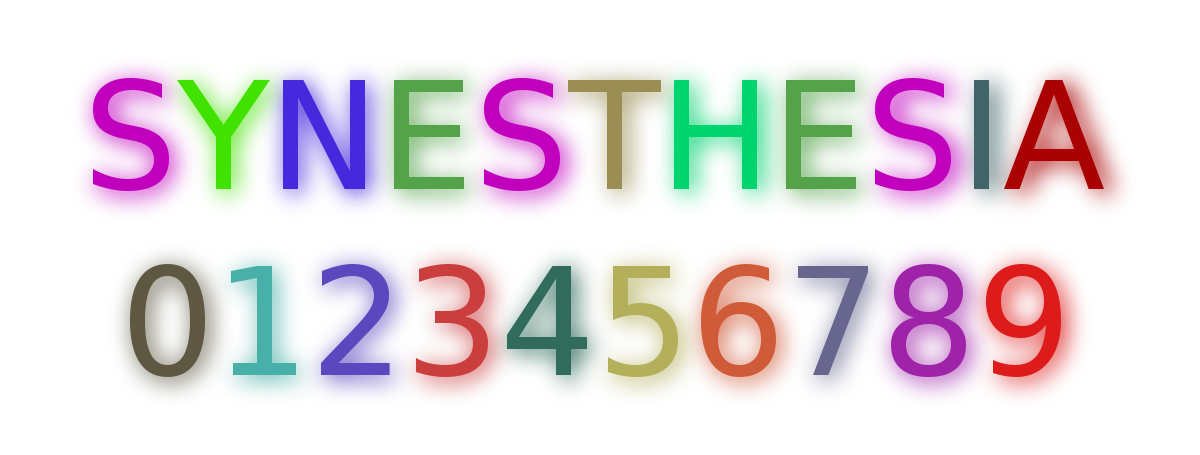
Synesthesia is when "stimulation of one sense automatically provokes a secondary perception in another." The secondary perception can be direct ("9's are red") or associative ("9's make me think of red"), either counts.
Synesthesia comes in countless forms, but color-based are the most frequent. The most well-known is "grapheme-color" synesthesia, where a grapheme (written shape, e.g. letter or numeral) has a color - like the opening picture.
The Madness of Brains™ has been in the news this past week with the Yanny/Laurel effect. Let's use this as a #NeuroThursday peephole into the mysteries of human hearing – via something called the McGurk Effect. 
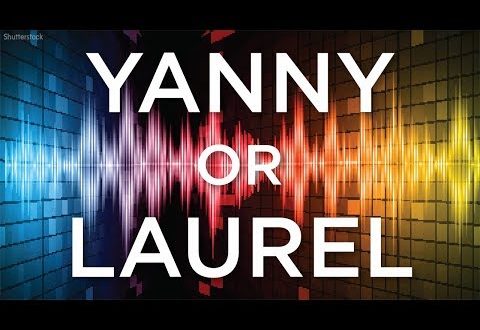
First off, if you haven't dug the Yanny/Laurel thing, there's a great explanation and manipulation up at the New York Times. nytimes.com/2018/05/15/sci…
But @mattdoveywriter alerted me today to a better auditory ambiguity! Try listening for the words "Brain Storm." Then replay it, listening for the words "Green Needle." reddit.com/r/blackmagicfu…
By popular demand, #NeuroThursday will tackle last weekend's big psychological finding in the author world: this study that supposedly claims people read faster with 2 spaces after a period. washingtonpost.com/news/speaking-…
The upshot is: some researchers got a group of people who naturally write with 1 space or 2 space, and made them read both kinds of text. The two-spacer people read a tiny bit faster when they saw 2-space text. But.
Now, there's an easy answer why this article is wrong. Let me start there and get it out of the way so I can then tell you something more subtle & interesting.
Hello, friends and lovers of science! #NeuroThursday is gonna lurch back into action with the other side of how you stay balanced: your body's position-sense (proprioception) system. 

As a reminder, our last #NeuroThursday discussed the vestibular system: the tools your brain uses to maintain your balance. But that stuff is all in your head, so today we go to the rest of your body.
Proprioception is the original "sixth sense." It's a major sensory apparatus spread across your body, telling you critical information, but it's all so smoothly integrated you almost never have to think about it consciously.
I hope you all are ready to help me welcome #NeuroThursday back in action this week with a story about how you stay balanced - and the amazing things you accomplish with that ability! 
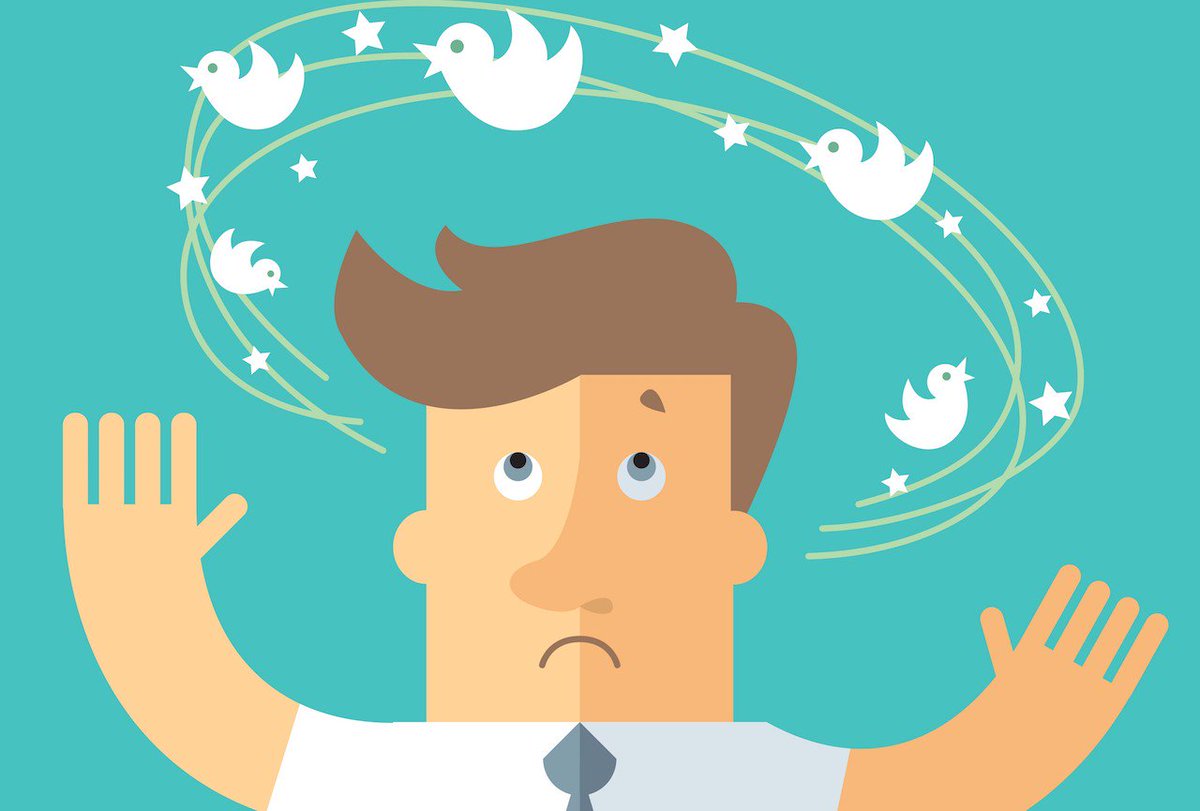
This topic was requested by the illustrious @KJKabza, who wondered: "Are there special strengths of the human balance system (we all know that it is easily disrupted if you spin around)?"
Yes, KJ, oh yes. Your balance system is doing highly badass things all the time, quietly under the hood while you go about your life. Like the devil, its best trick is making you think it's not even there.
#NeuroThursday returns this week to conclude our series on Your Brain Lies To You.
The greatest trick your brain ever pulled was convincing you that "you" exist, in a conscious sensory experience across time.
The greatest trick your brain ever pulled was convincing you that "you" exist, in a conscious sensory experience across time.
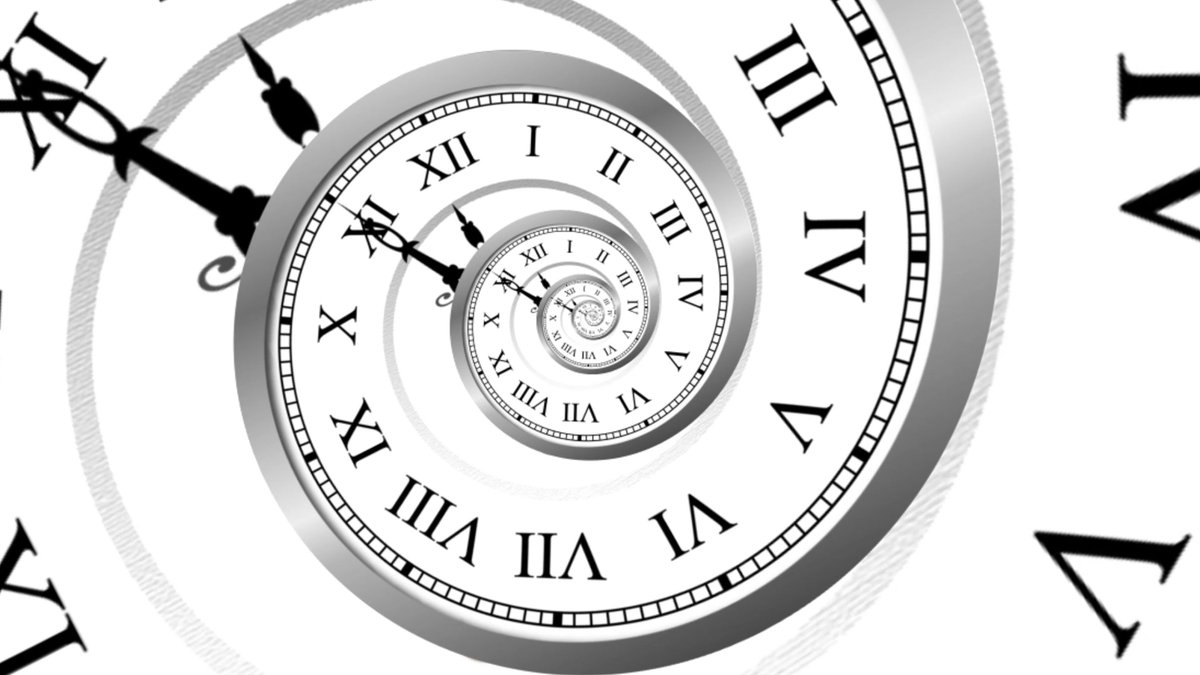
If you're just tuning in, this mini-thread over here will link you to February's lead-in: how your brain fills in the gaps of your visual experience without your notice.
Your brain - in the visual system alone - uses guesswork and inference to create a complete sense of space, acuity, color… and, as you'll see today, time.
And now, I take a auick #NeuroThursday break from this grant-writing to draw you deeper into the rabbit-hole of how we perceive so much less than we think, all the time. 
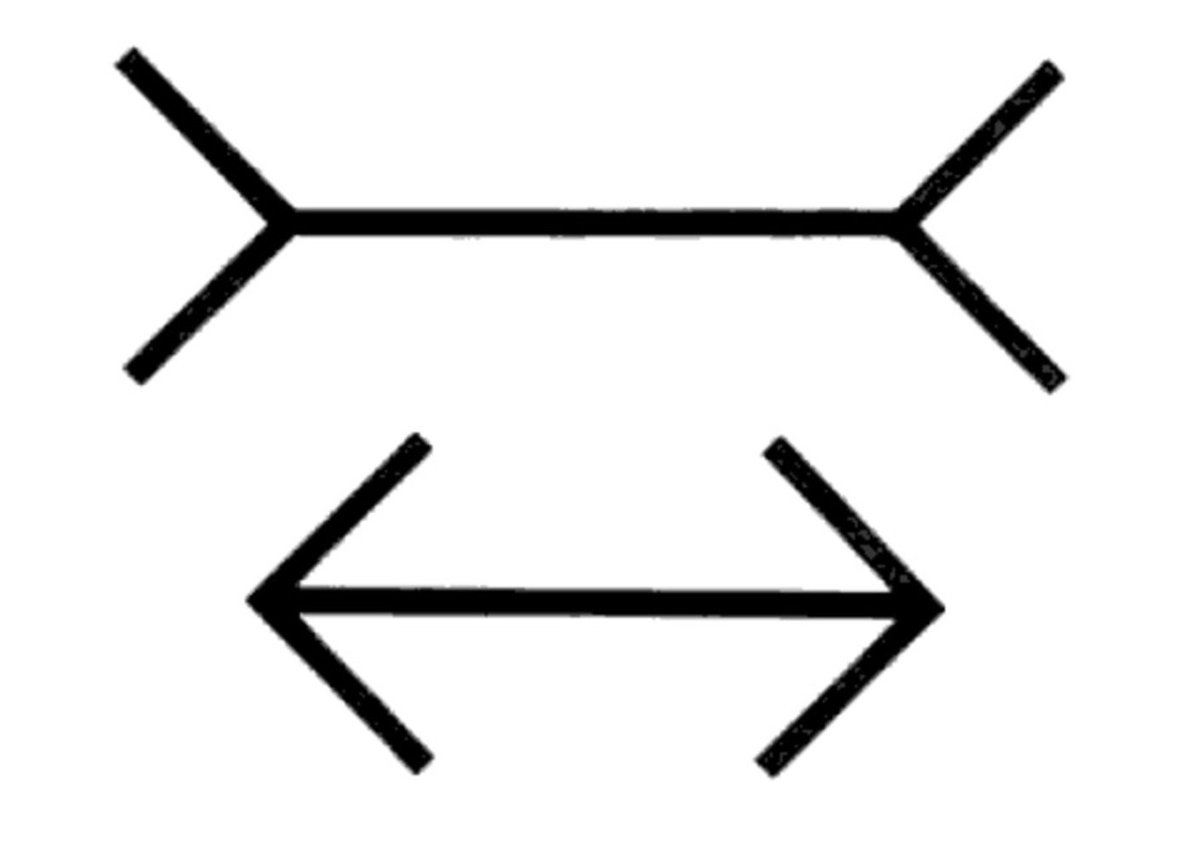
This is a follow-on from last week, where I explained how our precise/color vision is only good right at the center of our gaze.
But it doesn't feel like that, amirite? Big wide world out there, in full color and high definition!
Don't believe it. As my long-time readers know: your brain is full of lies.
Don't believe it. As my long-time readers know: your brain is full of lies.
Last week, #NeuroThursday made this shocking claim. This week, the time has come to unpack it, and ask the big question: what are we actually seeing, and what do we only think we see?
First off, a clarification: in that quote, I simplified for speed and clarity. It's not that we have *no* color vision in our periphery. It's just that we have *less.*
But the point is the same: in your daily life, your whole vision seems perfectly colorful. But it's not! Your brain, that devious creature, is lying to you yet again.
#NeuroThursday may have grown sporadic under my sciencejob deadlines, but it's back this week! Thanks to @tithenai, we shall discuss "the choke:" when you freeze up on something that should be precisely your area of mastery. 
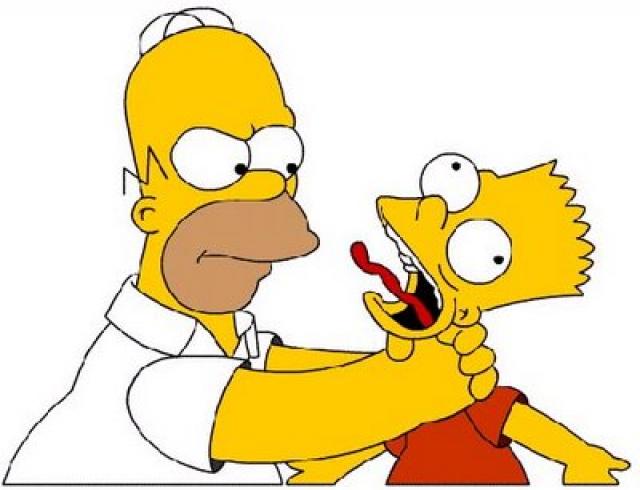
We've all experienced some form of this. You have to explain your process, and no words come. You have to perform (on the stage, on the pitch), and everything locks up. Once it begins, it's self-perpetuating: hard to un-choke while you're panicked about choking.
There's a fair amount of scientific research on this, from sports-science and psychology. But in some ways, the explanation is so simple, it's something we've already covered here: skill memory.
A special #NeuroThursday for the winter #solstice: how we see darkness and light on the scale of hours, days, and seasons! 

Most people know the basics of visual perception, the rod and cone cells that let us see color and contrast. But I'm here today to talk about something more obscure: how we detect days and seasons.
(But I could discuss some fun tricks of the visual "basics" in the new year, if that sounds fun!)
A quick #NeuroThursday this week, on the topic you've all been waiting for: Harry Potter and the Principles of Neural Science! 
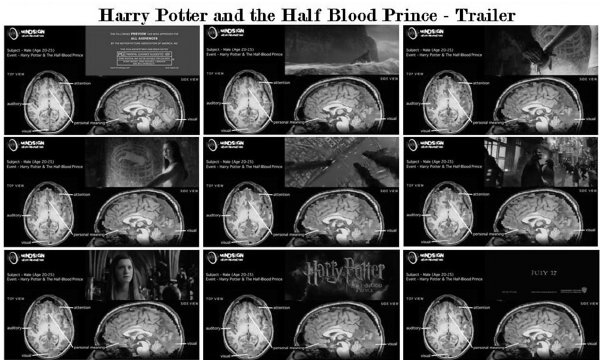
Credit to @muchredink for suggesting I do this, based on my version of the "Harry Potter & [the closest book to you]" meme a few weeks back. 
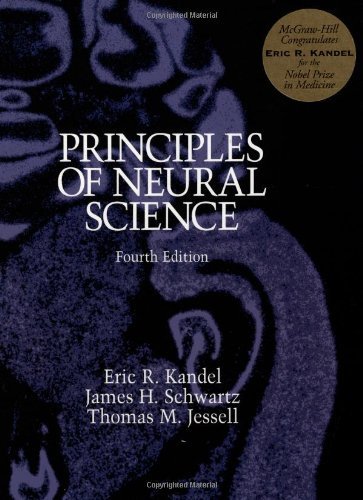
Not a lot of neuroscience in HP, it's true. But those stories do contain one striking element that has a neuroscience explanation.
